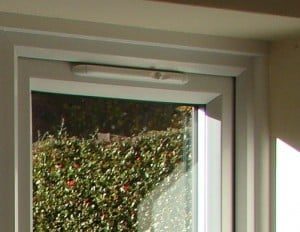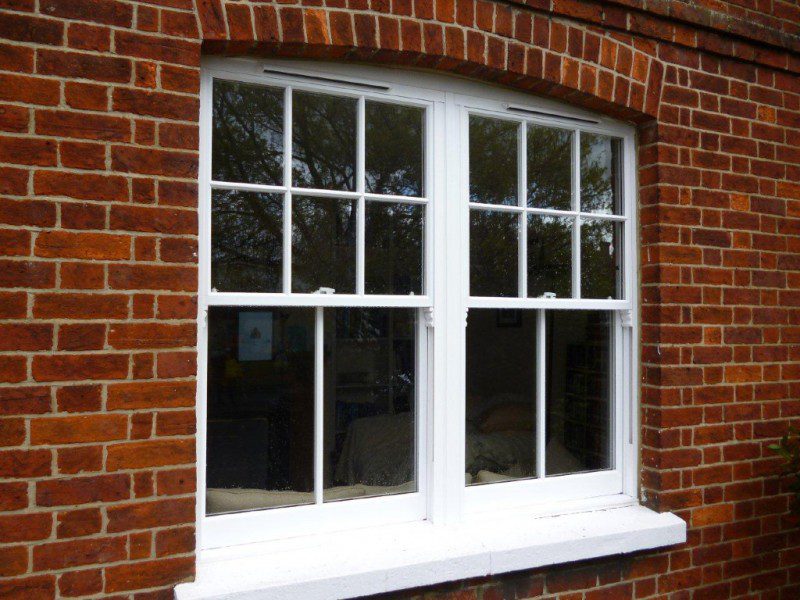If you are in the market for new or replacement windows and doors, one thing you may be aware of are trickle vents. There can be some confusion as to whether trickle vents are necessary, perform a function or are a legal requirement. So what should you know about trickle vents.
What is a trickle vent?

A trickle vent is to be found on the head of a window or a door. It’s function is to let in a required airflow to provide clean air into a room.
It’s well known that poor ventilation in a room not only affects the fabric of the building but it also affects our health. The issue of ventilation in rooms didn’t previously exist years ago when homes were poorly insulated compared to today. There was no double glazing, no cavity wall or loft insulation, leaky lofts and so forth.
Nowadays, as we strive to make our homes more energy efficient a byproduct of this is that insulation products are so good today they don’t let fresh air in and stale air out.
The result is an environment in the home that can be moist, damp and humid. Central heating, cooking smells and steam, cigarette smoke and a general lack of clean air is now known to be unhealthy and bad for buildings.
Trickle vents now form part of the Building Regulations. These are small discreet plastic or metal modules that are housed at the top of a door or window frame. The frame has specific sized holes machined out of it, covered by the trickle vents on the inside and outside of the window. These small openings allow air into the property. This trickle of airflow is known to help prevent mould, damp and condensation.
Many customers and indeed many in the window industry don’t like trickle vents. But many people don’t actually understand why they’re required. It is sometimes the case that these will never be opened and some may even be taped up. Homeowners feel cold air coming in from the top of the window and assume this is not right and especially in the winter.
Trickle vents provide ventilation with security.
Some will argue, “why not just open a window”? This is all well and good but window security is compromised and of course open windows may not be comfortable for many in the winter. Trickle vents enable a constant airflow into the room without compromising on home security.
Confusion over trickle vents. When are they required?
It is actually very easy to know if trickle vents are required when replacing your windows. For any new build construction such as a new home or extension built, this forms part of the current Building Regulations and trickle vents are required.
For the replacement of old windows, if the windows being replaced already have trickle vents, the new windows provided must also have them.
Are trickle vents needed or are there other options?
As mentioned, Building Regulations state that there should be adequate ventilation provided. But there are other forms available. It is always best to check with a professional but sometimes other forms of ventilation in the room can help.
Purge or rapid ventilation is what is used to remove smoke, smells and stale air. In simple terms an open window is purge ventilation.
Extraction is cleaning the air through mechanical means such as permanent or controllable extraction systems.
Background ventilation can be referred to as air bricks and trickle vents. These are methods that provide ongoing ventilation in the background without manual intervention.
So whilst trickle vents may be perceived as unsightly, letting in cold air and for some, unpopular, they’re there to provide an important function and should always be left open.
Got a question about trickle vents? Contact us.
If you have any questions about trickle vents or any aspect of windows and doors please contact us and we can help.







